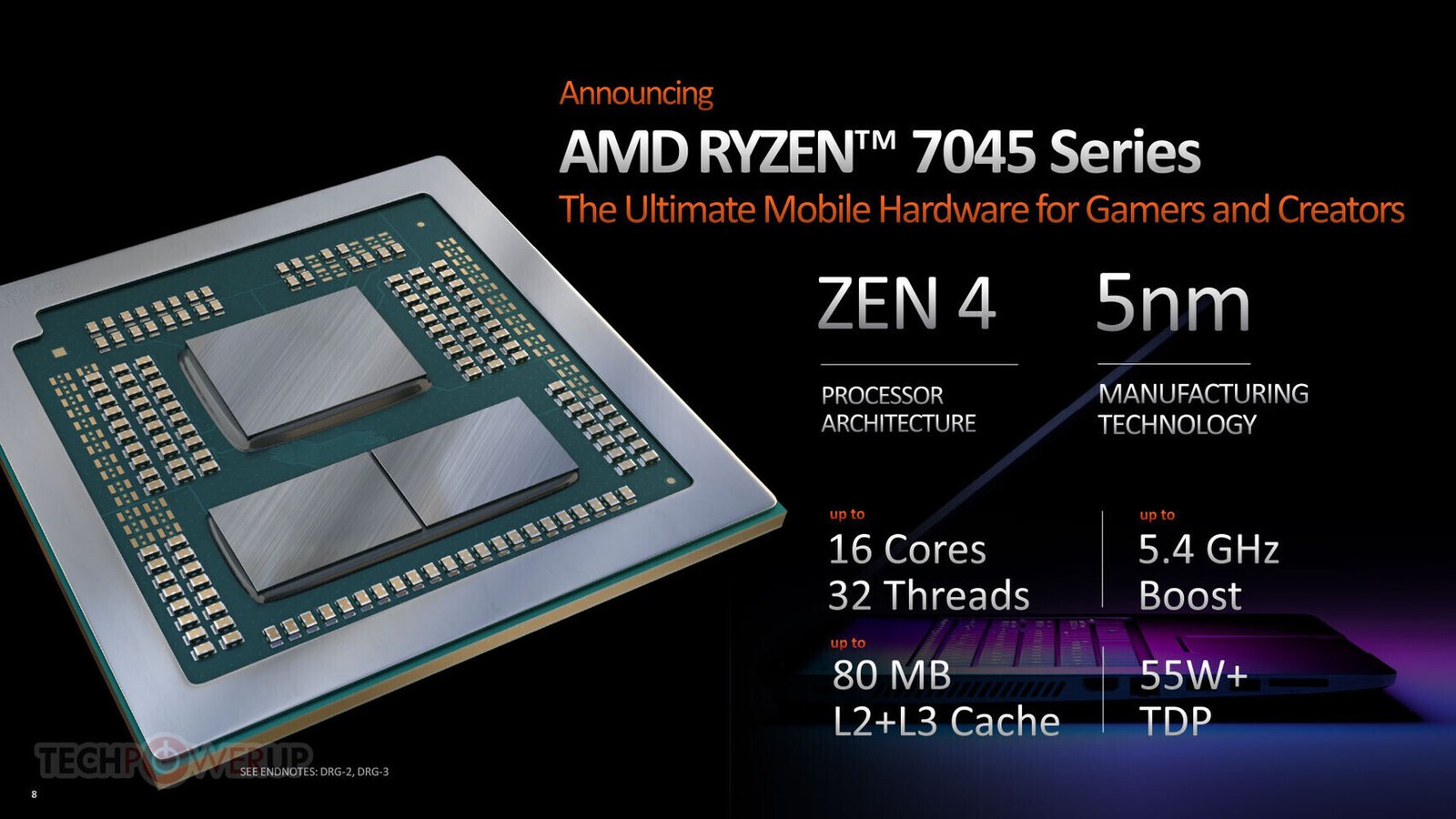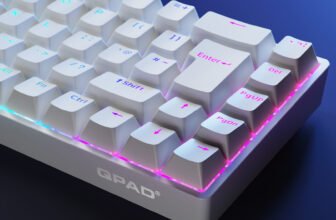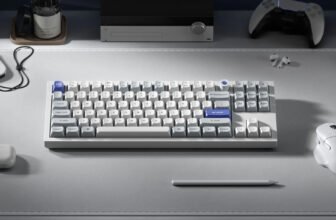AMD has officially expanded its mobile processor lineup with the release of the Ryzen 8000HX series, codenamed “Dragon Range Refresh.” This update targets gaming laptops and mobile workstations, bringing forward a refreshed set of high core-count processors that build on the existing Ryzen 7000HX series architecture with minor specification tweaks.
The new processors were first seen earlier this week when ASUS launched a ROG Strix gaming laptop powered by the Ryzen 9 8940HX. Unlike a typical generation leap, the 8000HX series shares its fundamental design with the previous Dragon Range family, which itself is a mobile adaptation of the Ryzen 7000 “Raphael” desktop CPUs. These chips utilize one or two 5 nm Zen 4 Core Complex Dies (CCDs) and a 6 nm I/O die, all packaged for mobile platforms.
Key features of the Dragon Range architecture remain unchanged, including support for PCIe Gen 5 with up to 28 lanes, and a basic integrated GPU. These CPUs are designed to be paired with discrete graphics cards, and their I/O capabilities allow for features such as CPU-connected Gen 5 NVMe SSDs, making them well-suited for high-performance laptop designs.

The Ryzen 8000HX lineup includes four models:
- Ryzen 9 8945HX: 16 cores, 32 threads, with a 5.40 GHz max boost.
- Ryzen 9 8940HX: 16 cores, 32 threads, with a 5.30 GHz max boost.
- Ryzen 7 8840HX: 12 cores, 24 threads, with a 5.10 GHz max boost.
- Ryzen 7 8745HX: 8 cores, 16 threads, with a 5.10 GHz max boost.
Performance differences compared to the Ryzen 7000HX series are minimal. The 8945HX, for example, matches the core specs of the 7945HX, with only slight clock improvements. Similar comparisons can be made for the other models. The 8840HX and 8745HX both have a configurable TDP of 55W, which is standard for this class of mobile CPU.
Notably, these refreshed processors are expected to be sold alongside AMD’s upcoming Ryzen 9000HX and 9000HX3D series, which are based on the newer “Fire Range” platform and Zen 5 architecture. While the 9000HX chips will push performance further, the 8000HX series is aimed at providing better value for OEMs needing strong CPU performance without the cost of next-generation silicon.
For gaming laptops that rely on discrete graphics cards, the Ryzen 8000HX series still offers compelling features, such as larger L3 cache sizes compared to AMD’s mainstream 8000H “Hawk Point” lineup. Combined with Gen 5 connectivity and support for high-speed storage, the Dragon Range Refresh provides a practical solution for performance-focused notebooks.
Source: TechPowerUP







